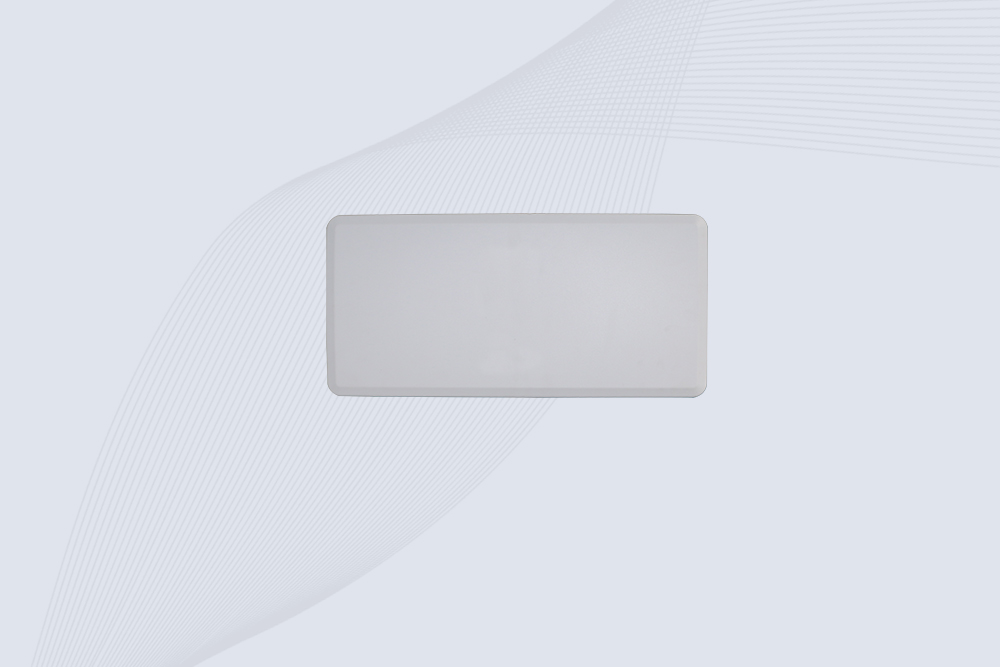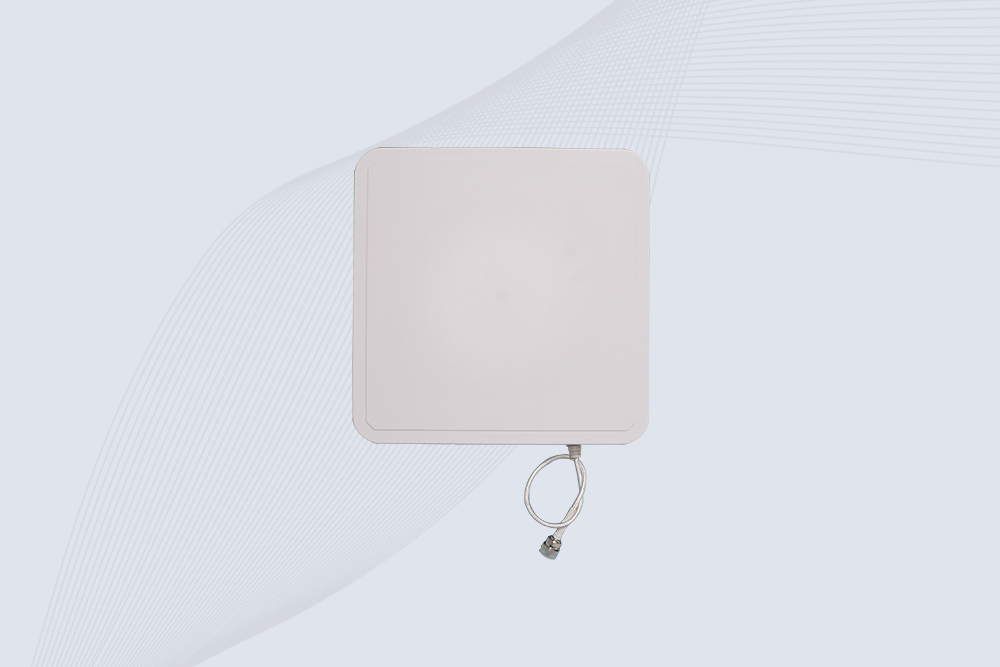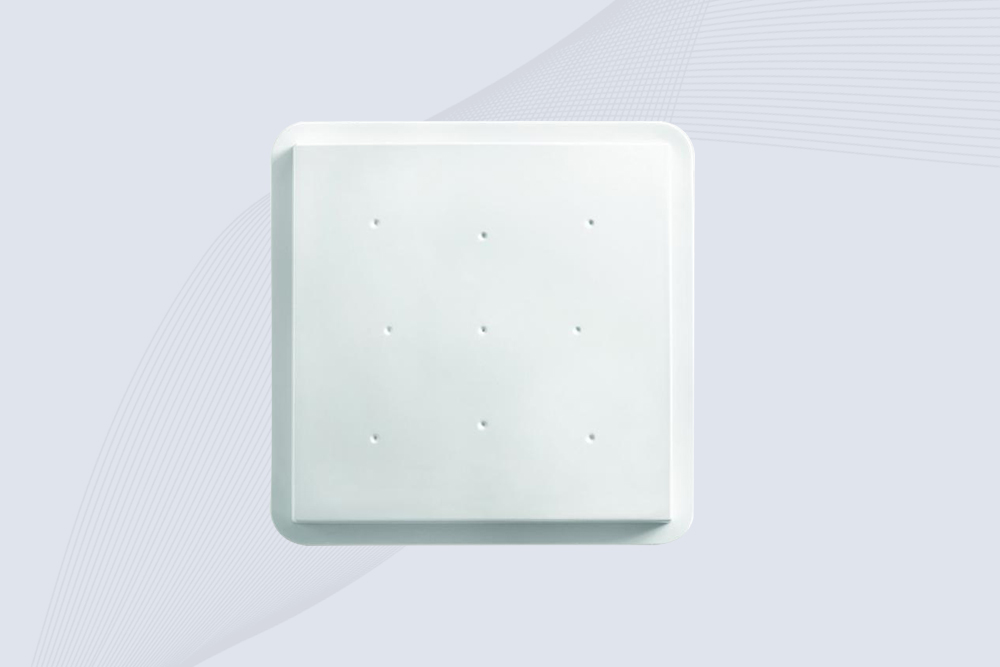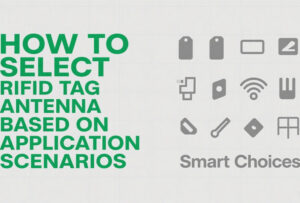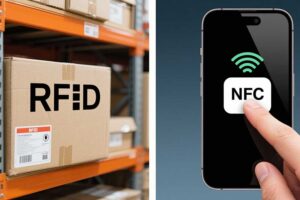How do I install RFID antennas to avoid common interference issues?
Proper RFID antenna installation minimizes signal interference and maximizes read accuracy. Follow these steps to optimize placement and avoid pitfalls:
1. Pre-Installation Environment Audit
- Identify Metal Obstacles: Metal shelves, machinery, and reinforced concrete reflect/scatter RFID signals. Use circular-polarized antennas to mitigate multipath interference in metal-rich areas.
- Map Wireless Interference Sources: Wi-Fi routers, Bluetooth devices, and industrial equipment operating at 900 MHz can clash with UHF RFID systems.
2. Antenna Positioning Best Practices
- Height & Angle: Mount antennas 3–6 meters (10–20 feet) high, tilted 15–30° downward to cover tagged items on conveyors or pallets.
- Distance from Metal: Keep antennas at least 50 cm (20 inches) away from metal walls or racks. Use antenna mounting brackets with adjustable arms for precise placement.
3. Solving Common Interference Scenarios
- Metal Surfaces: Deploy on-metal RFID tags and high-gain antennas to penetrate reflective environments.
- Liquid Containers: Place antennas at a 45° angle to avoid signal absorption by liquids. Use near-field antennas for close-range scanning of bottled products.
- Dense Tag Populations: Stagger antenna activation via RFID multiplexers to prevent tag collision in high-traffic zones.
4. Post-Installation Testing
- Use a portable RFID reader to validate coverage and detect dead zones.
- Measure signal strength with a spectrum analyzer to identify lingering interference.
Pro Tip: For outdoor installations, protect antennas from weather using IP67-rated enclosures and ground them to prevent static buildup.
 Cykeo RFID IoT Solution Products R&D Manufacturer
Cykeo RFID IoT Solution Products R&D Manufacturer

